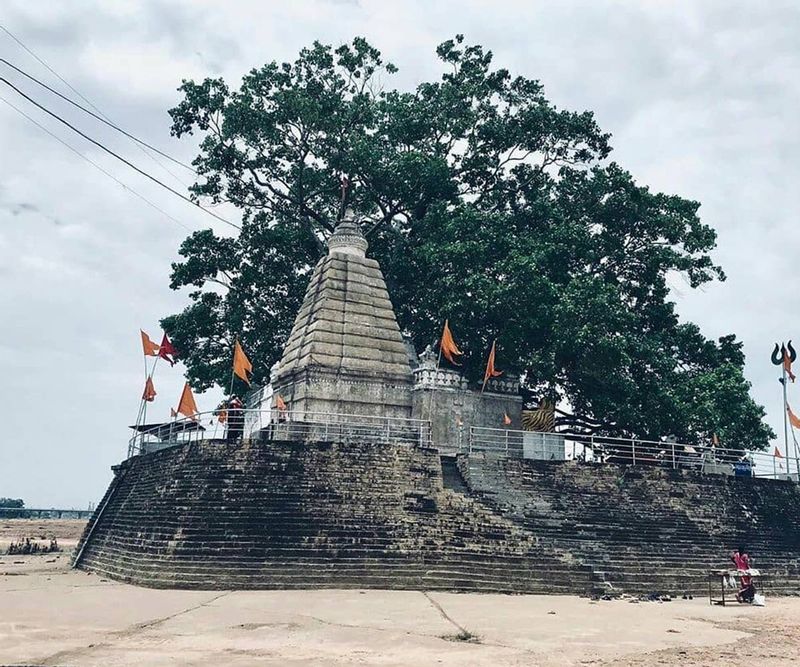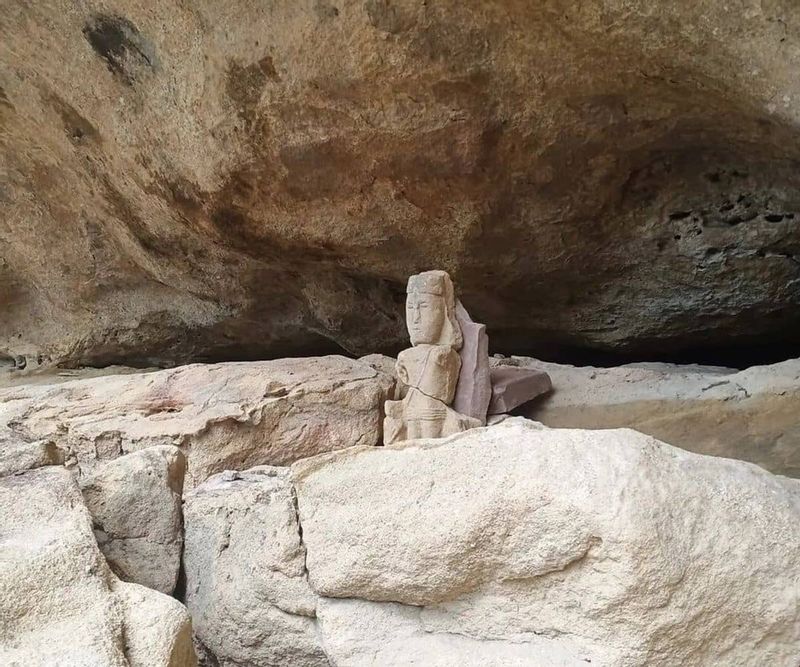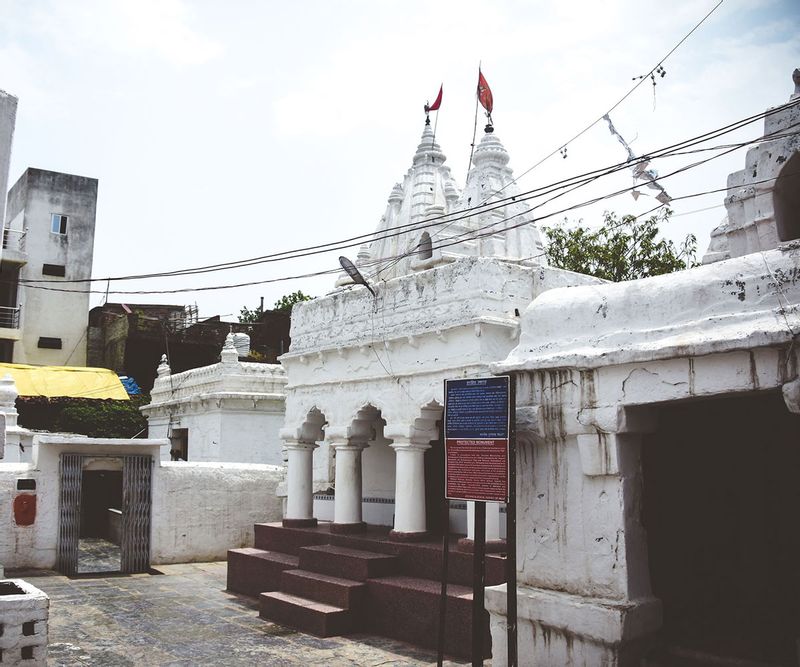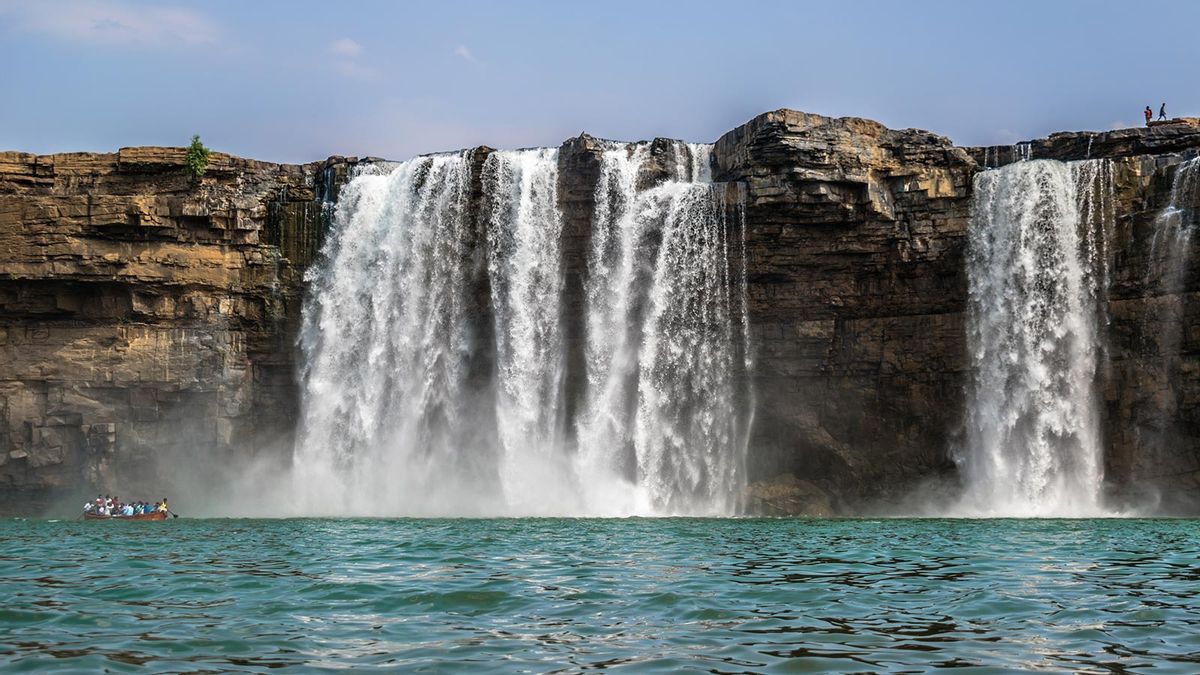It is believed that Lord Ram, along with Sita and Lakshman, spent 10 years of his 14-year exile from Ayodhya in Chhattisgarh. They traversed almost 2,200 kilometres of the heavily-forested state during this period. So it is not surprising that Lord Ram is a much-loved deity in Chhattisgarh—as is evident from the traditional greeting of ‘Ram Ram’ or the fact that every harvest period is followed with the Ramayana katha recited across villages.
Ram Van Gaman Paryatan Paripath

In an initiative by the Chhattisgarh Tourism Board to showcase the historical, archaeological, religious and natural heritage of the state, Ram Van Gaman Paryatan Paripath—a new tourism circuit covering nine prime destinations along Lord Ram's journey within Chhattisgarh—was inaugurated on the auspicious occasion of Navratri.
“This initiative will give a boost to religious tourism in Chhattisgarh, showcase the rich traditions of the state to the world and also generate new opportunities of income for the local people,” said Chief Minister Bhupesh Baghel.
Although almost 70 destinations mentioned in the Ramayana are found within Chhattisgarh, the first phase of Ram Van Gaman tourism circuit aims to develop nine spots that fall on the route that Lord Ram navigated. These sites include Sitamarhi-Harchoka, Ramgarh, Shivrinarayan, Turturiya, Chandkhuri, Rajim, Sihawa, Jagdalpur, and Ramaram.
Significance of the nine destinations

Each site has a special significance: Sitamarhi-Harchoka is the place where the trio entered Chhattisgarh and is also the site where Sita set up her kitchen. Ramgarh is home to the cave with an amphitheatre in which Sita had stayed; Shivrinarayan is where Shabri fed Lord Ram only sweet fruits from the ber tree; and Rajim is known for the confluence of the three rivers—Mahanadi, Sondur, and Pairi. Sihawa has seven mountains that are said to be the abode of Saptarishi; Jagdalpur marks the beautiful spot where Lord Shiva and Parvati came to meet Ram and Sita; Ramaram is where Lord Ram taught the people to worship the Mother Earth; Chandkhuri is the home of Mata Kaushalya, Lord Ram’s mother; and in Turturiya one can visit the ashram of Valmiki, the author of Ramayana. This is also the place where Lord Ram’s sons, Luv and Kush, were born.
About the circuit

“All the nine destinations will have uniform signages and similar gates leading to religious and historical sites,” shares the Minister of Tourism, Tamradhwaj Sahu. The destinations will showcase traditional arts and crafts that will also be available to buy. He explains that although the journey of 2,200 kilometres can be covered in three to four days, he’d suggest spending 10 to 11 days to cover the circuit at leisure. “Ideally you should reach each destination by noon, see the sights and spend the night. Since six of the nine spots are in beautiful forest locales, you may want to spend more than one day at certain spots,” he explains.
The tale of Bhaanjaram

The venue for the inaugural event was the ancient Kaushalya Mata Mandir, located in Chandkhuri village, which is approximately 25 kilometres away from Raipur. It is the birthplace of Mata Kaushalya, Lord Ram’s mother and is considered to be his nanihal (maternal home). Mata Kaushalya Temple is the only temple in the world dedicated to her. According to folklore, Mata Kaushalya did not have any brothers—hence, she was considered the sister of Chhattisgarh. According to this relationship, Lord Ram becomes the bhaanja (nephew) of the entire state. So, he is fondly addressed here as Bhaanjaram. Taking this further, all bhaanjas hailing from the state are revered by their mamas (uncles). To this day, this is the only state in India where the uncles touch their nephews’ feet instead of the other way around, as is the norm in the rest of the country.
The inaugural evening
At the inauguration, Chief Minister Bhupesh Baghel performed a special aarti at the temple premises. After the aarti ceremony, he unveiled a 51-feet-tall sandstone statue of Lord Ram installed at the entrance of the temple, amidst spectacular fireworks that lit up the sky. Renowned artists like singer Shankar Mahadevan, vocalist Sukriti Sen, indie-folk music band Kabir Cafe and the famous folk-rock band Indian Ocean, along with other local acts, enlivened the inauguration of the circuit.
November to March is the best time to visit Chhattisgarh. Having kick-started the tourism season with this event, the state tourism board is gearing up for a series of festivals through the year. The end of this month will see the launch of the Tribal Festival that will showcase the colourful tribal culture of the state—from their varied dance forms and sporting events to their unique cuisine and crafts.




